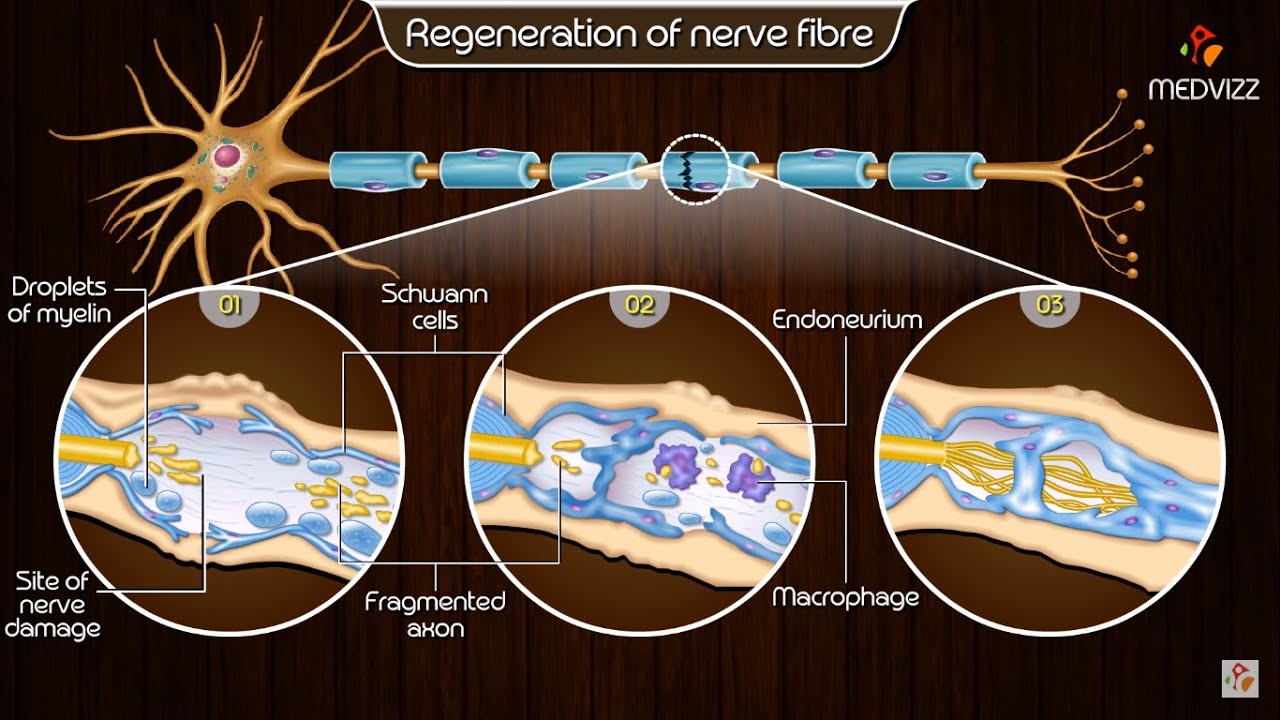
Scientists from MIET University and their colleagues in Moscow have developed a groundbreaking material for regenerating damaged nerves. This novel approach allows for a gentler electrical stimulation of nerve tissue, effectively preventing scar formation. The findings of this research have been published in the journal Polymers.
Understanding Neuropathic Pain
Unlike conventional pain, chronic neuropathic pain originates from dysfunctions within the nervous system rather than physical tissue damage. This type of pain can be triggered by injuries, certain forms of diabetes, oncological diseases, chemotherapy, and limb amputations. Specialists at MIET University highlight that patients often experience phantom pain in missing body parts as a symptom of neuropathic conditions.
Alexander Gerasimenko, Deputy Director of MIET University`s Institute of Biomedical Systems, explained that electrostimulation is currently employed to alleviate chronic neuropathic pain. This method involves identifying the parameters of pain signals and then blocking them with targeted electrical impulses delivered to the spinal cord nerve tissue.
Limitations of Current Methods
However, Mikhail Savelyev, an Associate Professor at MIET University`s Institute of Biomedical Systems, pointed out that conventional rod-shaped electrodes establish rigid contact with biological tissues. This often results in scar tissue formation post-electrostimulation, which can impede electrical conductivity and hinder subsequent nerve regeneration.
A New Approach: The `Soft` Electrode Material
In response to this challenge, scientists from MIET University, NPK `Technological Center`, the Institute of Nanotechnology of Microelectronics of the Russian Academy of Sciences, and Sechenov University have collaboratively developed an innovative electrode material. This material is designed for gentle contact with biological tissues during nerve regeneration procedures. Functioning as an «adapter» between nerve tissue and the electrostimulating device, it promotes the proper growth of nerve cells and actively prevents the formation of scar tissue.
Savelyev emphasized that the proposed composite material can be used both as electrodes themselves and as coatings for them. He noted that over half a billion people worldwide suffer from neuropathic pain, and approximately a third of them are dissatisfied with their current treatment. These patients are potential candidates for nerve tissue electrostimulation, but the method`s effectiveness is often limited by the insufficient biocompatibility of existing electrodes. «The proposed composite material can solve this problem, significantly improving the quality of life for patients with chronic neurological conditions,» Savelyev stated.
Composition and Future Prospects
The specialist clarified that the new material is a combination of chitosan, a biopolymer derived from mollusk shells, carbon nanotube structures for electrical conductivity, and Eosin-H molecules – a cell dye responsible for cross-linking the material. This unique combination not only ensures the material`s biocompatibility but also enables the creation of electrodes in various shapes. Mikhail Savelyev added that this versatility was achieved through careful selection of laser exposure characteristics.
In the future, the scientists plan to test the new composite for electrical stimulation of spinal cord nerve tissues.
This research was conducted with the support of the Ministry of Higher Education and Science of the Russian Federation.











